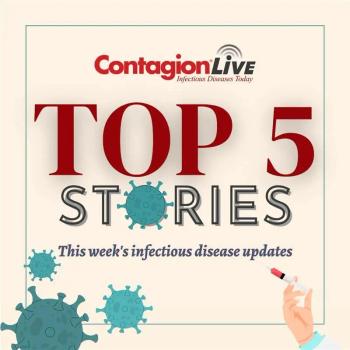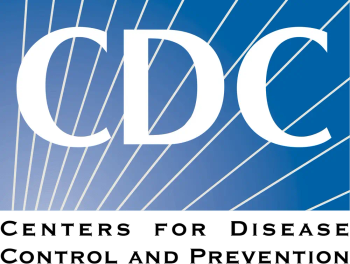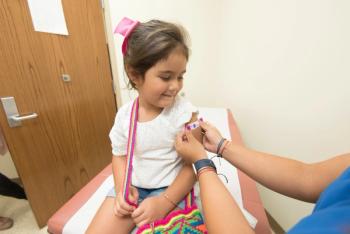
Top 5 Infectious Disease News Stories Week of April 26-May 3
Rising tick-borne illnesses due to warmer winters, strong hepatitis E vaccine efficacy during an outbreak, emerging fungal threats and resistance, and more.
Warmer Winters Are Fueling a Surge in Tick-Borne Illnesses
Tick-borne illnesses such as Lyme disease are increasing across the Northeast due to milder, shorter winters that extend the active season for blacklegged ticks. Andrew Lover, PhD, MPH, MS, explains that ticks are now active earlier in the spring and later into the fall, shifting the public’s risk window and perception. Ticks are also spreading into northern states like Vermont, New Hampshire, and Maine, prompting local health systems to respond to emerging threats. While presumptive Lyme treatment is common, it complicates disease surveillance. Prevention efforts include renewed interest in Lyme vaccines, monoclonal antibody research, and promoting consistent use of repellents and tick checks. Lover emphasizes that addressing human behavior remains key to effective prevention as tick populations expand geographically.
Hepatitis E Vaccine Demonstrates High Efficacy in Outbreak Setting
During a 2022 hepatitis E outbreak in the Bentiu refugee camp in South Sudan, the Hecolin hepatitis E vaccine given in a two-dose schedule showed high levels of protection, with adjusted effectiveness reaching up to 89.4 percent according to results published in The Lancet Infectious Diseases. The outbreak occurred in a densely populated setting with poor sanitation and frequent flooding, which created conditions for rapid virus spread. Study senior author Andrew Azman, PhD, said the findings helped inform WHO recommendations and contributed to the creation of a global emergency stockpile of hepatitis E vaccines. Developed by Xiamen Innovax Biotech and approved in China in 2011, Hecolin is a recombinant protein-subunit vaccine now recommended for use in emergency outbreak settings and high-risk populations.
New Insights Into Fungal Infections, Including Resistance, Mortality, and Environmental Risks
The May 2025 fungal diseases issue of the CDC's Emerging Infectious Diseases journal highlights rising global concerns about antifungal resistance, invasive infections, and environmental exposure risks. A case in Brazil demonstrated terbinafine-resistant Trichophyton indotineae linked to international travel, emphasizing the need for advanced diagnostics. In France, Aspergillus flavus caused high-mortality invasive infections, especially in diabetic and immunocompromised patients, while Histoplasma capsulatum was detected for the first time in Spain’s Camino de Hierro tourist tunnels, raising concerns about local transmission in ecotourism settings. These developments underscore the urgency for heightened clinical awareness, targeted surveillance, and better environmental risk management.
As US Measles Cases Rise to 884, the European Centre for Disease Prevention and Control Reports Over 35,000 Infections in 2024
Measles cases continue to rise dramatically worldwide, with the CDC confirming 884 US infections as of April 25, 2025, marking a 210 percent increase from 2024. The European Centre for Disease Prevention and Control reported 35,212 cases in the EU and EEA for 2024, reflecting a 786 percent surge from the previous year. In the United States, 93 percent of cases are linked to outbreaks, and nearly all involve individuals who are unvaccinated or whose vaccination status is unknown. Romania accounted for 87 percent of European cases and the majority of the 23 measles-related deaths. Both the CDC and ECDC emphasize the urgent need to improve vaccination coverage, enhance surveillance, and strengthen public health infrastructure to control the accelerating spread.
Operation Warp Speed: Bringing Out the Best in America’s Ability to Innovate
Matthew Hepburn, MD, reflects on his role leading vaccine development for Operation Warp Speed during the COVID-19 pandemic. As part of a public-private initiative under both the Trump and Biden administrations, Hepburn helped coordinate the rapid development of vaccines in under a year—a timeline many believed was impossible. Drawing on his experience at DARPA, he emphasized ambitious goals paired with detailed execution. He recalls the intense urgency, the massive phase 3 trials involving 30,000 participants, and the emotional moments when the vaccines were first authorized. Now at Panther Life Sciences, Hepburn continues to pursue innovation, believing deeply in America's ability to solve complex challenges when resources, talent, and determination align.
Newsletter
Stay ahead of emerging infectious disease threats with expert insights and breaking research. Subscribe now to get updates delivered straight to your inbox.























































































































































































































































































